Brachialis Muscle
Table of Contents
Brachialis Muscle Anatomy
The brachialis (brachialis anticus) is a muscle in the upper arm that flexes the elbow joint. It is the prime mover of elbow flexion. The brachialis actually generates about 50% more power and is thus the prime mover of elbow flexion.
The brachialis is deeper than the biceps brachialis muscle and is located in the anteroinferior region of the arm. The brachialis helps to form the top portion of the elbow joint’s antecubital fossa, which is crucial anatomically.
Origin
The muscle originates from,
- the lower half of the front of the humerus, including both the anteromedial and anterolateral surfaces and the anterior border.
- superiorly the origin embraces the insertion of the deltoid.
- medial and lateral intermuscular septa.
Insertion
The muscle inserts into the
- coronoid process and ulnar tuberosity.
- the rough anterior surface of the coronoid process of the ulna.
Nerve supply
The musculocutaneous nerve supplies the muscle.
Blood supply
- Branches of the brachial artery and the radial recurrent artery supply the brachialis with contribution from accessory arteries.
- Branches from the superior and inferior ulnar collateral arteries also contribute to the arterial supply of the brachialis muscle.
- The profunda brachii, or the superior and inferior ulnar collateral arteries.
Action
It flexes the forearm at the elbow joint.
In the absence of supination, the brachialis muscle is the most powerful elbow flexor since supination and flexion disadvantage the brachialis muscle’s mechanical momentum.
Embryology
The brachialis finally arises from the mesoderm layer and becomes a skeletal muscle. Muscle primordia, which are the precursors of all muscles, give rise to the distinct muscle heads that make up the upper extremity musculature.
Specifically, dorsolateral somite cells that move into limb buds around day 28 of development are what give rise to muscle primordia. After some time, the muscle primordia separated into distinct flexor and extensor components. Connective tissue signalling originating from the lateral plate mesoderm regulates this division.
Notably, sonic hedgehog protein, which is released in the zone of polarising activity (ZPA) in the posterior limb bud, regulates anterior-posterior development.
WNT7A and its downstream signalling pathways govern dorsoventral differentiation. Different anatomic variants may result from variations in these intricate developmental processes. Additionally, these variations have a big impact on nearby vascular and neurological tissues.
Physiologic Variants
There have been various reports of the brachialis muscle anatomic variations. In one case report, a cadaver dissection at Harvard Medical School in 2003 revealed an auxiliary brachialis muscle.
The mid-shaft of the humerus and the medial intermuscular septum were revealed to be the origins of the accessory brachialis muscle, which then traversed the median nerve and brachial artery before insertion into the common tendon of the elbow flexor muscles.
Another study found an auxiliary brachialis muscle with a fibrous/muscular tunnel covering the brachial artery and median nerve. This anatomical variation may cause symptoms of nerve compression when the muscle contracts, according to this research.
History – Etymology
The arm muscle Bracchialis is a Latin word meaning “of or related to the arm” and is derived from the word “arm” in classical Latin. The Terminologia Anatomica, the current standard for anatomic terminology, uses the term musculus brachialis.
Surgical Considerations
During anterior and anterolateral surgical approaches to the humerus, the brachialis frequently splits. These techniques are frequently used to treat humerus fractures, especially supracondylar humerus fractures. Notably, one of the most frequent pediatric elbow injuries is a supracondylar fracture of the humerus. It is thought to be the cause of 15–17% of pediatric extremities fractures.
This method requires significant caution because of the significance of the brachialis muscle and the close proximity to several neurovascular components. Notably, cadaver studies have shown that, even when the brachialis gets dual innervation (for example, from both the musculocutaneous and radial nerves), anterolateral division of the brachialis produces a considerable likelihood of injuring lateral branches of nerve supply.
The precise position of vital nerves inside these muscle compartments may be difficult to anticipate due to anatomic variability, which would further complicate the surgical approach. Although there is worry that the necessary manipulation and dissection may raise the incidence of post-operative nerve palsy, others have documented using a lateral technique that does not break the brachialis muscle.
Strengthening exercise
Hammer Curls
The hammer curl is a great exercise for targeting the brachioradialis. Determine whether your aim is to increase size or power or both, and adjust repetitions and sets accordingly. A good standard might be the completion of five repetitions in a set for three sets.
Preacher Curls
This exercise is tailored to the climber who wishes to develop their Brachialis. The preacher curl forces the athlete into a reverse grip and targets the brachialis. Like the above exercise, three sets of five at a challenging weight is a good place to begin. As with all exercises in climbing, the goal is to become stronger, not lift the heaviest weight in the gym.
Stretching Exercise
1. Seated Brachialis Stretch

- Sit down on the floor. Straighten both arms and plant your hands on the floor behind you, slightly wider than your hips.
- Turn your hands so your fingers point straight back.
- Scoot your hips slowly forward, keeping your weight evenly distributed, until you feel mild tension in your biceps and brachialis.
- You might feel a stretch across your chest, too.
- Hold the stretch for 15 to 30 seconds, breathing normally, then scoot your hips back toward your hands to release the stretch.
- Repeat a total of three to five times.
Assessment
The patient has the elbow extended with the palm of the hand forward, and the operator applies resistance to the wrist to assess the brachialis muscle’s strength manually. In order to assess the flexor muscle that is stronger at the elbow, the patient will have to flex their elbow without pronation.
Related pathology
The brachialis is the main muscle acting in common upper body exercises such as pull-ups and elbow curls and overuse of it during exercises such as these can cause inflammation in the tendon of the muscle. This is called brachialis tendonitis.
Climber elbow is a form of brachialis tendonitis that is extremely common in climbers. It is caused by forceful contractions of the brachialis muscle, especially when the elbow is hyperextended. A common cause of this injury in climbers is reaching (hyperextending the elbow) and then pulling their bodyweight upwards by flexing the elbow joint, such as in rock climbing.
The brachialis muscle is clinically relevant because it is a crucial elbow flexor. Numerous causes, such as neurologic, neurovascular, muscular rupture, or traumatic reasons, can lead to impaired elbow flexion. Although isolated injuries to the brachialis muscle have also been documented, damage to the biceps brachii is typically the source of elbow flexor trauma.
These incidents predominately resulted from either overuse injuries or painful weight-loading injuries. Although there are recommendations that ultrasonography be used as a low-risk and cost-effective alternative to MRI, MRI is typically the most reliable method for identifying these isolated muscle ruptures. Despite the lack of research, some experts contend that simple, isolated brachialis injuries can be treated conservatively and without surgery.
In addition, brachialis tendon transfer has been shown to be effective in reconstructing the flexor digitorum profundus and the flexor pollicis longus following brachial plexus injuries.
The brachialis serves as a substitute donor for these surgeries as forearm muscles are not usually accessible. This study showed that these patients successfully attained “key pinch” and “hook grasp” with this donor method.
Brachialis Syndrome
Poor patient position during surgery can permanently damage the median nerve, especially when the nerve is compressed in the antecubital fossa. This condition is known as brachialis syndrome.
According to the research, the brachialis muscle may be one of the factors affecting the shoulder’s arthrokinematics (due to the anatomic-myofascial continuum), resulting in discomfort during movement and interference with the rotator cuff. Trigger points in the brachialis muscle may provide information. Some individuals’ shoulder issues can be resolved by injecting medications into their brachialis muscles.
On the athletic field, myositis ossificans typically affects particular muscular groups, such as the brachialis muscle. The method is frequently cautious, and the athlete has a great possibility of recovering his or her previous level of performance. Surgery is recommended in extreme situations, however, it is crucial to wait until the process has completely evolved before becoming involved. Additionally, radiation could help with post-operative discomfort and functional results.
The brachialis muscle is susceptible to angiosarcoma development, especially in deep tissues. A biopsy is necessary to determine the kind of swelling since angiosarcoma might appear as a profound swelling or hematoma.
An uncommon incidence is brachialis muscular tendinopathy at the point of insertion. Antecubital discomfort is typically the symptom, and conservative therapy (steroid injection) is the suggested course of treatment.
FAQs
Barbell Curls with a Reverse Grip
Although reverse barbell curls are frequently thought of as a forearm exercise, they are a great motion for focusing on your brachialis.
The muscle in the upper arm that flexes the elbow is the brachialis (brachialis anticus), also referred to as the Teichmann muscle. It forms a portion of the floor of the area known as the cubital fossa (elbow pit), which is located underneath the biceps brachii.
It is crucial to the overall strength of your arm since it aids in the flexion and supination of your elbow joint. During a biceps curl or any other workout where you elevate weights (or even just heavy items) over your head, the brachialis muscle plays a significant role in the forearm rotation.
An essential forearm flexor at the elbow is the brachialis. The brachialis is regarded as a “pure flexor” of the forearm at the elbow and provides flexion of the elbow in all physiological situations.
In addition to using upper body complex exercises like the Bent Over Barbell Row, brachialis muscle development can also be achieved with the use of isolation workouts. The following are some illustrations of brachialis isolation exercises that work well: Changes to the hammer curl. Reverse grip dumbbell curls.
Although the brachialis is always engaged when the elbow is bent, regardless of the location of the hands, the position of the wrist will decide which of the engaged muscles is used to raise the load more frequently. All three muscles are engaged when a barbell curl is performed with the elbows placed next to the chest.
But if you need one more incentive to pay closer attention to the brachialis, here it is: The more powerful and substantial it is, the more it will push your biceps up to give you the much-desired upper arm bulge when you flex.
The brachialis Muscle is also called the workhorse of the elbow. It is a significant forearm flexor at the elbow joint, flexing the elbow in all directions.
References
- Brachialis muscle. (2023, May 3). In Wikipedia. https://en.wikipedia.org/wiki/Brachialis_muscle
- Plantz, M. A. (2023, February 21). Anatomy, Shoulder and Upper Limb, Brachialis Muscle. StatPearls – NCBI Bookshelf. https://www.ncbi.nlm.nih.gov/books/NBK551630/

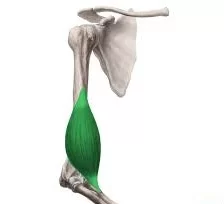

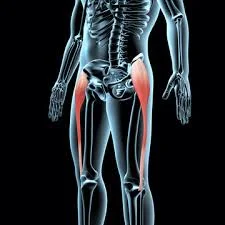
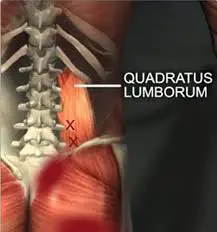
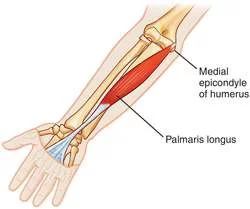
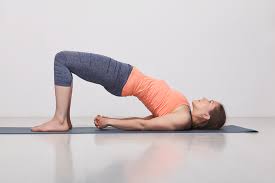
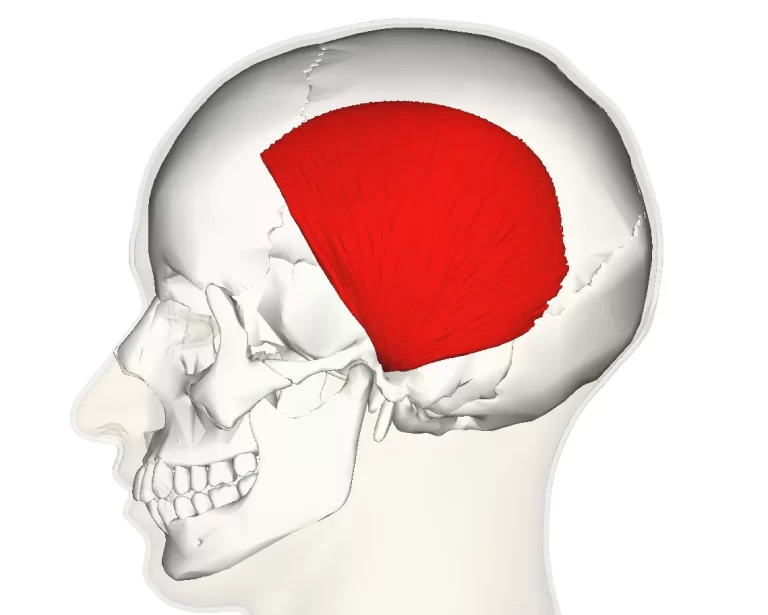
5 Comments